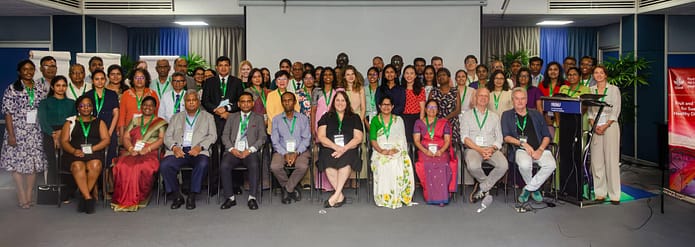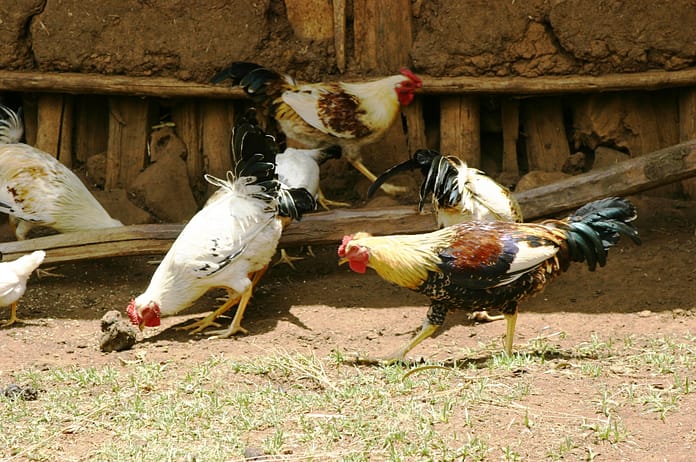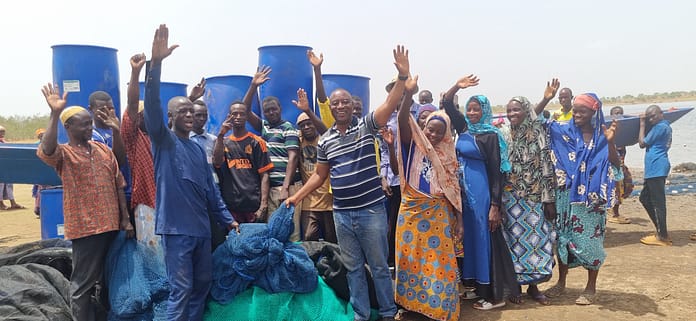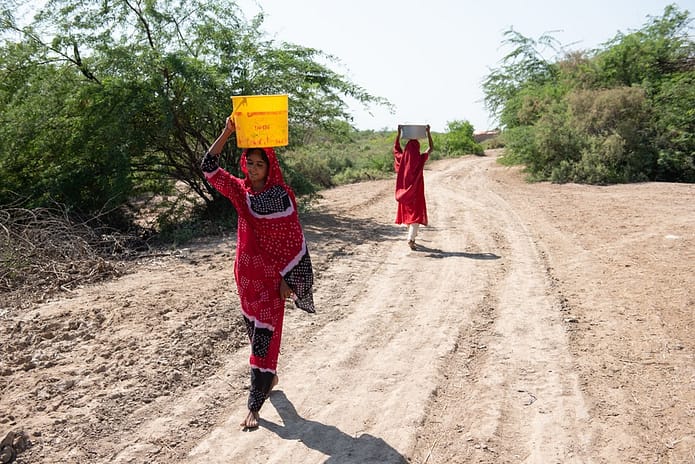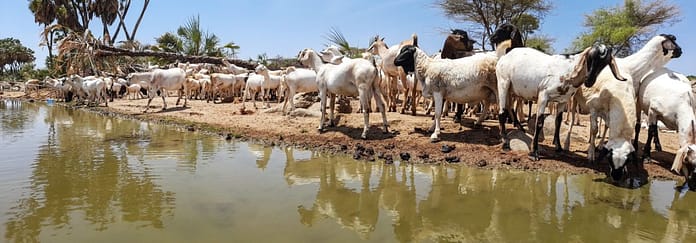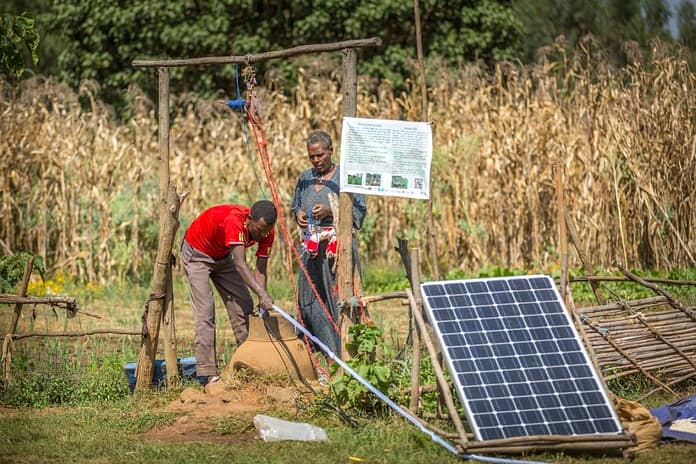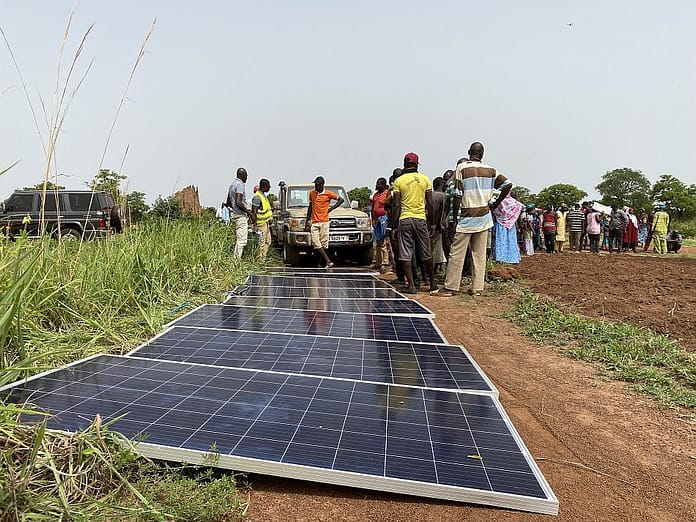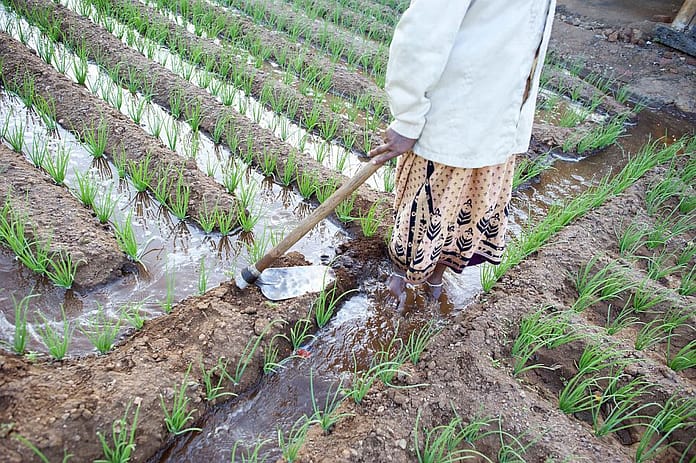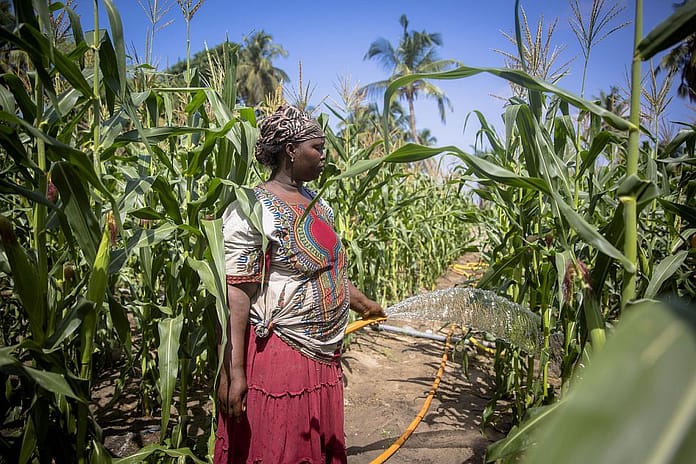By Alan Nicol, Strategic Program Director – Water Growth and Inclusion, IWMI and Diana Suhardiman, Research Group Lead Governance and Inclusion / Senior Researcher – Policy and Institutions, IWMI
The recent IPCC AR6 Synthesis Report makes more explicit than ever water’s central role in translating global warming into catastrophic impacts on human and natural systems, and the CGIAR reflects water’s significance in its Research and Innovation Strategy, launched in 2020. Yet if we look back to the first UN Conference on Water held in 1977 in Mar del Plata, Argentina, there was no mention at all of water governance. Now the world has woken up, however, and as we begin preparation for the second UN Water Conference in 2023 amid a global pandemic, expect water governance challenges to be front and centre in development discourse on risk reduction and resilience building.
Water governance embodies the structural legal, political, and institutional frameworks around which – and because of which – water management choices are made, right down to the farm or city-level user. As such, water governance is central to how societies tackle new forms of risk and avoid future systems failure, whether in terms of field crops or urban flooding.
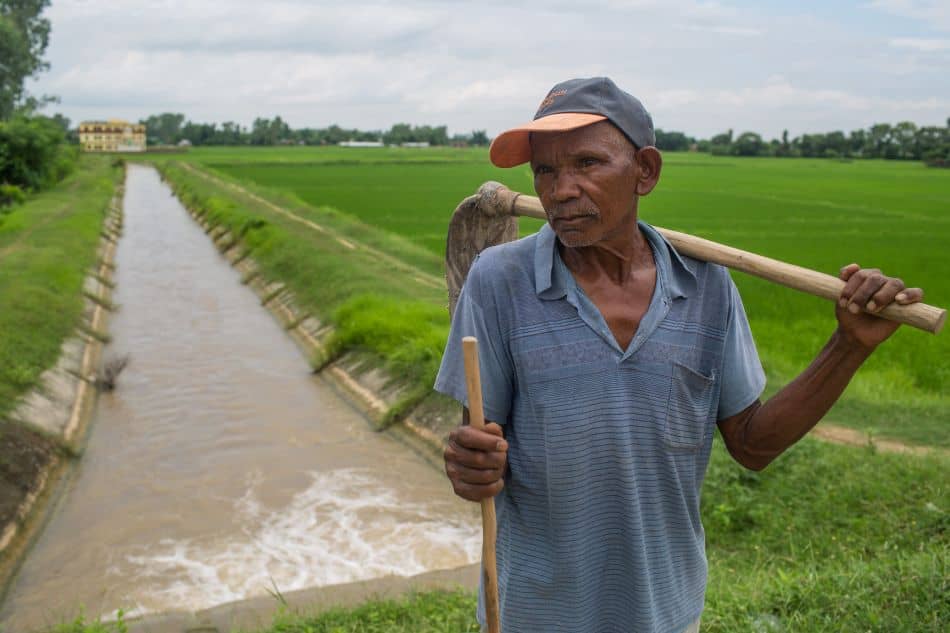
Based on IWMI’s experience with emerging water governance paradigms over time, four fundamental points emerge that may help guide us in framing water governance ahead of the next UN Water Conference – and planting water governance firmly within the wider context of food systems transformation.
- First, it is self-evident that the contexts in which water governance structures are established are in constant flux and evolving. This churning of policies and laws which order societies, political systems, and economies ensures that water governance is both necessarily different within different contexts but also necessarily dynamic. Fixed blueprint approaches are high risk and potentially dangerous, leaving the right approaches but in the wrong contexts. Water governance therefore needs to not only be responsive to current context – the here and now of immediate challenges facing states and societies — but also be capable of reflexiveness and responsiveness to future change as water systems undergo rapid and unprecedented degrees of change driven by global warming.
- Second, we need to accept that the ‘governing’ of water can and should happen at multiple levels – and that all of these levels are interconnected. ‘Water connects all’ wouldn’t be an understatement. Therefore, how we connect water through governance systems needs to reflect that – from an individual farmer through to high-level political leadership concerned about future food security. There are good reasons for this. The volatile, ephemeral, and fugitive nature of water means that governance of this vital resource can only ever be partial in reality. Interrelations between the field, the farm, the watershed, the basin, and the climate system have to be effectively incorporated within governance systems, however imperfect. The structures we set in place – both legal and political – must therefore be responsive at multiple levels and assist in connecting those levels together in terms of decision-making, information flows, and investment.
- Third, if water system governance has to respond to increasing risk and uncertainty, then coupled with the need for governance at many levels there also needs to be attention to polycentric governance, where smaller units have greater autonomy and power is not centralised. Interconnection cannot mean decision-making power is only vested in the higher echelons. Elinor Ostrom, a Nobel prize-winner in Economics, gave us the polycentric governance paradigm and it is arguably more important today than ever. Local empowerment in decision-making is key, and the emergence of new citizens science movements provides compelling recent examples of this.
- Fourth, as we look ahead to the 2023 UN Water Conference, a new focus on transformative water governance should be embraced. Formerly, water governance has been seen as rather technocratic, for instance involving the governance arrangements that have set in place the rules of the game for integrated water resources management at a watershed level. Today, however, we need to achieve far more normative governance arrangements. That means we need to seek to harness water’s transformative capabilities in underpinning and assisting the delivery of a host of SDG targets, including scaling up food security in marginal environments through bringing water into new, productive uses – but being mindful of the need for water governance that has resource sustainability and protection at its heart. More crucially perhaps as the Covid-19 pandemic approaches the start of its third year, we must continue to provide water as a frontline tool in reducing transmission of the virus through key hygiene-related health benefits.

Taking account of these transformative aspects in a new framing of global governance of (and for) our planetary water systems involves not just tackling risks and building resilience for human societies, but also assuming greater responsibility towards the planet as a whole.
The UN Water Conference in 2023 is our once-in-a-lifetime opportunity to do this and establish new forms of collective action and cooperation on transformative water governance that can both tackle the Climate Emergency and drive forward our achievement of the SDGs. We see this as a clear call to action for all UN Member States and partner organizations.


